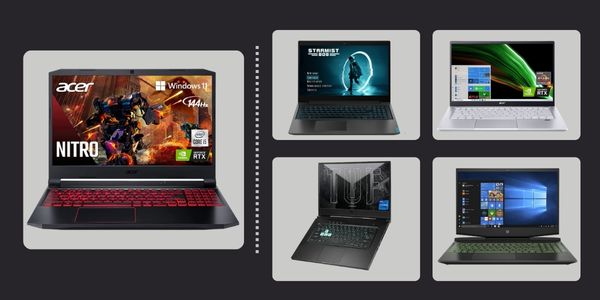Project Cambria is yet to be released as a futuristic VR headset with a novel motive other than simply gaming. Yes, it will be the most fantastic thing Metaverse has ever published. However, it is not coming to take the throne. Project Cambria isn’t meant to replace the Oculus Quest. So what does it intend to do?
The Oculus Quest 2 has enthralled us all with the immersive gaming experience within our headset, and Project Cambria will enrapture us in our everyday lives. How? According to Meta, this will be the succession of your laptops and computers.
We are not sure how much of the reality Mark Zuckerberg is predicting. However, we made our best effort to find out the prices, specifications of the product, and the date of release.

Project Cambria release date speculation
It is unknown when Project Cambria will be released, but it is expected in 2022. Mark Zuckerberg, Facebook’s CEO, said it would arrive in the last few months. However, he will keep us updated with more information in the coming months.
We suspect that the pandemic has delayed Project Cambria’s release due to its global impact. It would be in the fanatics’ best interest not to hold onto these predictions. We have also heard that this brand-new VR headgear sports an incredibly distinct look that is nowhere similar to its prototypes. As a result, all this change should take some time to master.
We inform you of a stalled premiere due to the fact that large and distinct projects often lack the resources or technology needed.
Project Cambria price speculation
According to Facebook CEO Mark Zuckerberg, Project Cambria’s MSRP is “on the upper edge of the pricing range,” although Meta hasn’t released it. Meta Quest Pro will probably fall in a more extensive price range that doesn’t include the Meta Quest 2 ($299). But a leaked internal document from Meta suggests that the price may be as high as $799.
Project Cambria specifications
So far, we know that Project Cambria will be wireless. It needs no connectors. However, you can still plug it in if you like. Another feature that surprised us was the eye-tracking feature. You can record your input with the eye tracker. It’s worth noting that Project Cambria’s sensors can also capture facial expressions in real-time. That’s the bridge Mark was talking about regarding the merging between realities.
Foveated rendering is also possible thanks to the new technology. Project Cambria’s adaptive technology allows higher resolutions, while other elements are downsized to fit in the player’s field of vision. Additionally, Augmented Reality will give the players an external camera input for non-monochromatic shades. That provides us with a field of view like no other.
It comprises 8 GB RAM and 256 GB internal storage, similar to what we have in Quest 2. Cambria has a Qualcomm Snapdragon XR2 platform. The upcoming VR headset from Meta will also boast a 120Hz refresh rate, the same as what we currently have with the Quest 2.
Project Cambria Controller
Though we have no clue what the controller might be that Zuckerberg is using for Project Cambria, hackers gave us the cue. Recently some Facebook Workplace video conferences hosted the online leaks of several related screenshots.
On YouTube, Basti564 has shared images of oblique controllers with cameras that use infrared trackers instead of ringed trackers. We do not believe that the pictures show the controllers Project Cambria is using. They may be the framework of the final product or simply counterfeit. Regardless, we can all agree that hand tracking is a more advanced technology necessary for the advancement of VR.
Bottom Line
We all know that Quest 2 has been a massive success. But we are expecting Project Cambria to be even more popular after its release. It is going to be a game-changer in every way, and we can’t wait to get our hands on it! What do you think about Project Cambria? Tell us in the comment section below! That’s all for now, but stay tuned for more updates on Project Cambria!
Smudges or Blurry Inside the Meta Quest 2 Lens: Effective Tips and Tricks to fix it
The Beginners Buying Guide: VR Headsets – top 7 best headsets
Read Also:




